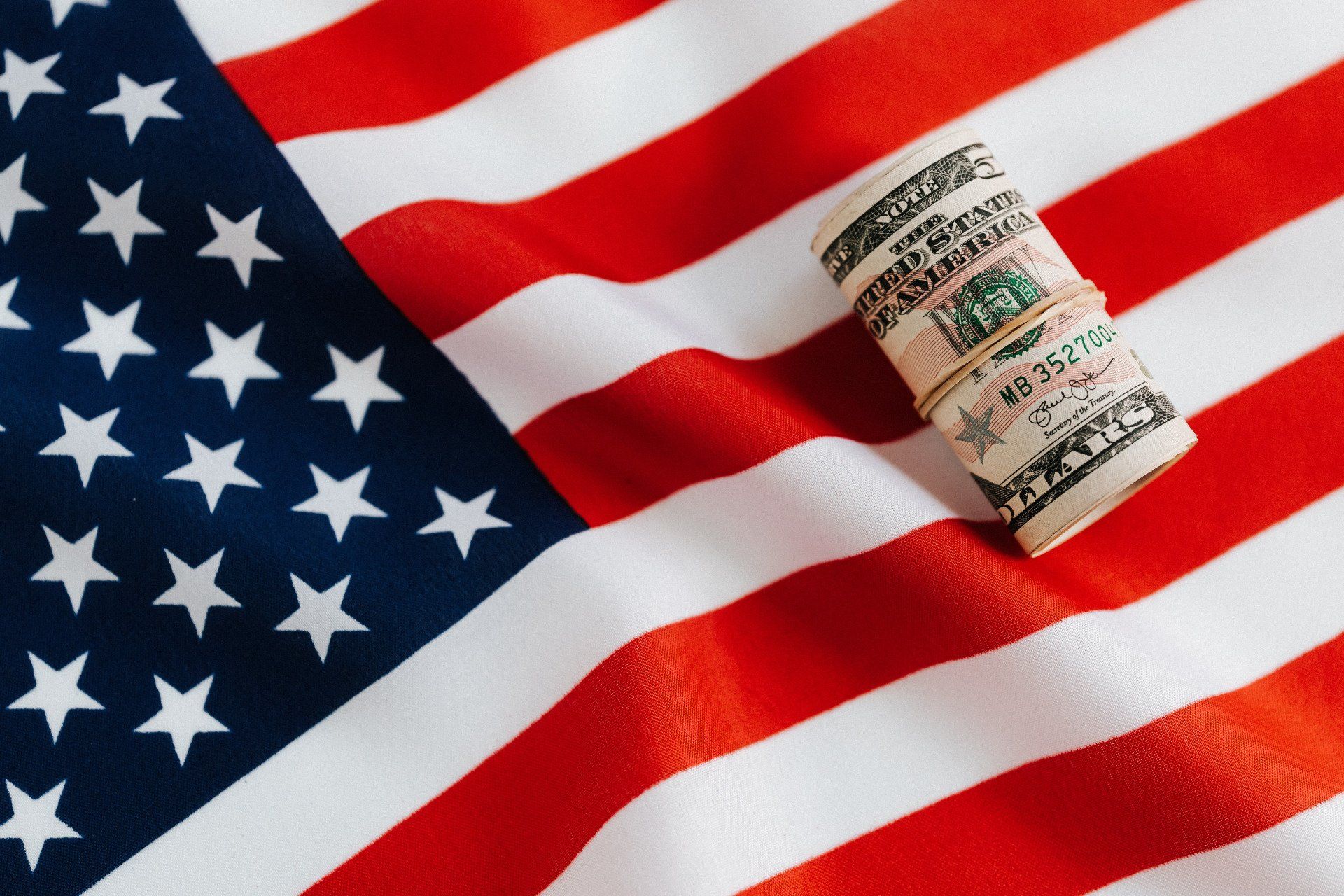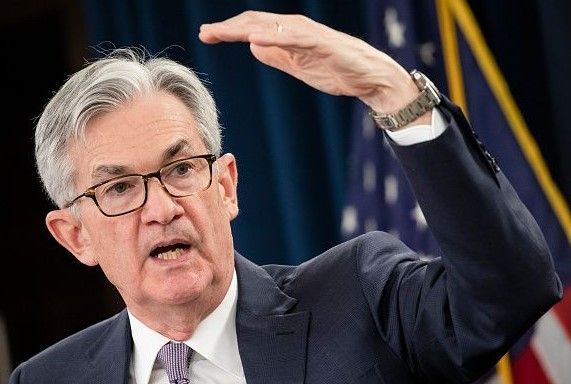Overcoming Trading Indecision
It was a funny old week last week. Monday was Labor Day and Tuesday did not go terribly well resulting in me walking away from the screen at 10:30 am ET with a negative $145. However, the week ended at $2,017 net which is good and the month to date is $2,578, which is acceptable after what should be considered as 6 trading days.
Having pondered the week, a couple of topics spring to mind which relate to decision making and targets.
Decision-Indecision
I do get frustrated with myself when I miss a trade, especially when it’s as a result of slow decision making or even indecision. I read an article on this topic recently which I thought was rather good and which I shall précis here. Credit for this must go to Siobhan Smith, a London Based Journalist and he full article can be found here. In it Smith tells us that we make around 35,000 decisions every day. Some of these are obviously pretty low level, relating to the more basic needs that we have; others may require more effort and have more significance. The bad news is the more decisions we make in a day, the harder they become to make, we literally wear out our thinking capacity.
Relating the science of decision making to trading, the amount of decisions that we need to make are (to my relief) greatly reduced by the Inteligex platform. With practice we should have a feel for when a signal may appear. But as soon as the signal appears we have to think quickly as there is a limited amount of time to make a decision. The process may run a little like this:
Decision = enter now, wait for pull back, enter partially and wait for pull back or don’t enter
Enter now is easy as you're straight into the trade.
Wait for pull back. You need to make a decision i.e enter if the pull back is achieved (decide what level of pull back would be acceptable first). If the pull back is not achieved then don’t enter and wait for the next one.
Enter partially and wait for pull back as above but in this instance you take one contract at the signal and then look to see whether your pull back conditions have been met before adding another contract
Don't enter. If you don't like the look of the trade in relation to key levels of support/resistance and targets (the 3 Step Process) then you don't enter.
So there's your first batch of decision making and once you've done that you have to think about running the trade which involves more thinking:
Decision = where to set target, exit the full position or partial position, if entering on a pull back do you modify the target accordingly, i.e move it to a lower point
Decision = where to move stop, whether to move target during the trade etc
Decision = exit fully or partially
So a number of decision points which can lead to making multiple decisions in a very short timeframe. Obviously the longer time frame you trade, the more time you have to make decisions. A 3 minutes candle gives you much less time to think than a 15 minute candle.
In her article Smith says that: “It is usually better to make a decision, and live with it, than delay indefinitely”. Which actually makes good sense on the basis that if you don’t make a decision then you’ll never enter any trades (and of course you’ll never lose any money!).
Given that there are only a few seconds to make multiple decisions it really reinforces that what we do in trading requires practice, patience and resolve. The more resolve you have, the more patience you demonstrate, and the more practice you put in, the better
you should get.
This really does translate from decisions being made in the head to decisions being made in the gut, which with time you should be able to trust more and more, seemingly acting on instinct. Though actually what you're doing is acting on accrued knowledge, that's what gut feel is!
My conclusion is that an improved decision making process will led to better levels of profit.
Targets - Pariah or Messiah
I had a pleasant conversation with a fellow Inteligex Member last week during which the topic of targets came up. We chatted, amongst other things about setting daily targets. My view is that to have a stated aim of (say) making $500 a can encourage bad behavior. Let’s say that you’re 80% through the session and haven’t made your target, there may be a temptation to take a trade with a lower probability of success than you might normally just to try and get to your target. That means you've taken on more risk than you should which can never be a good thing.
I recall in my first blog I said that the market will give what it gives and that's all you can take. Over an extended period of time, a week, a month etc it will give a reasonable return. So I feel there is no need to create additional stress by setting a daily target.
Cheers for now - always happy to chat and can be found in the room on Discord.
Happy trading!
AP
















